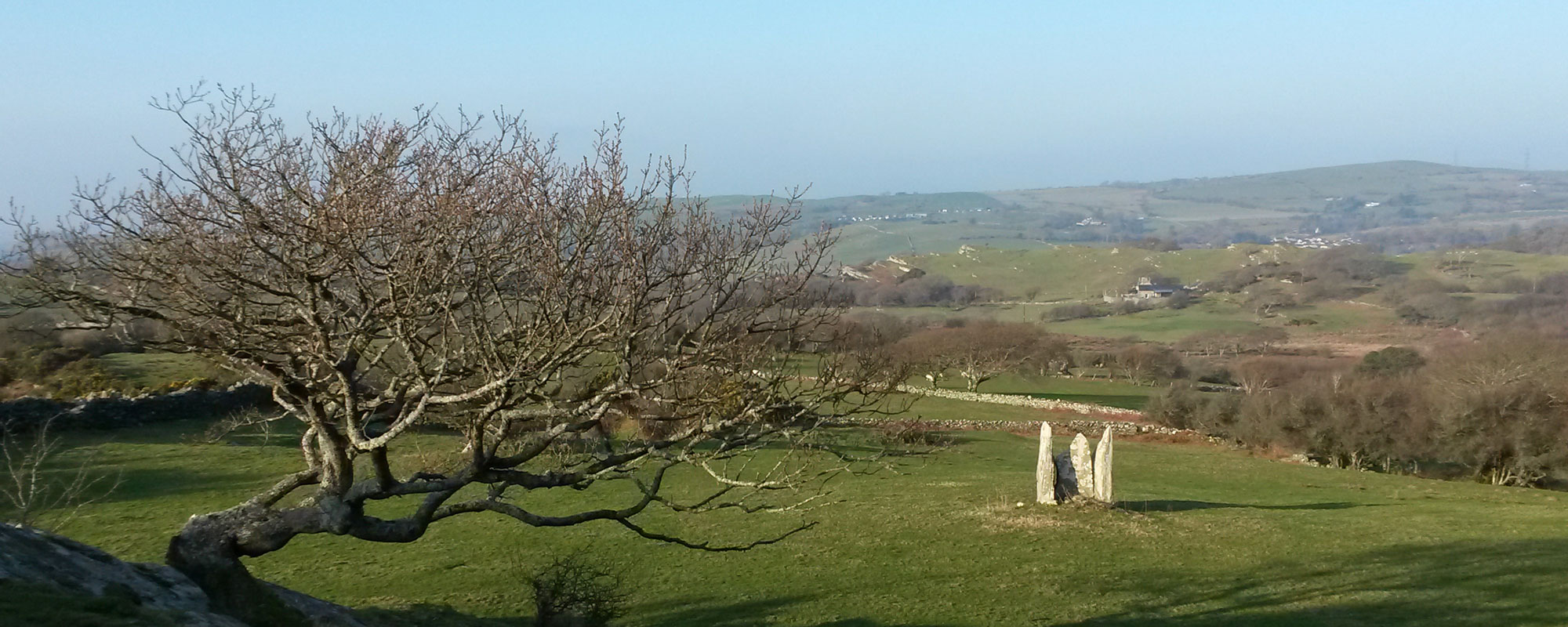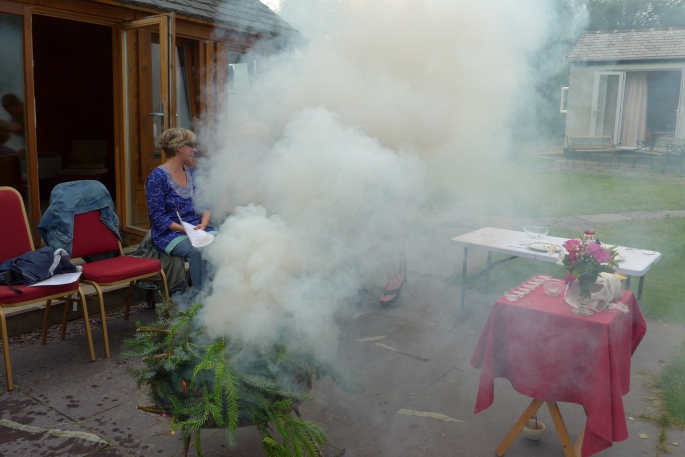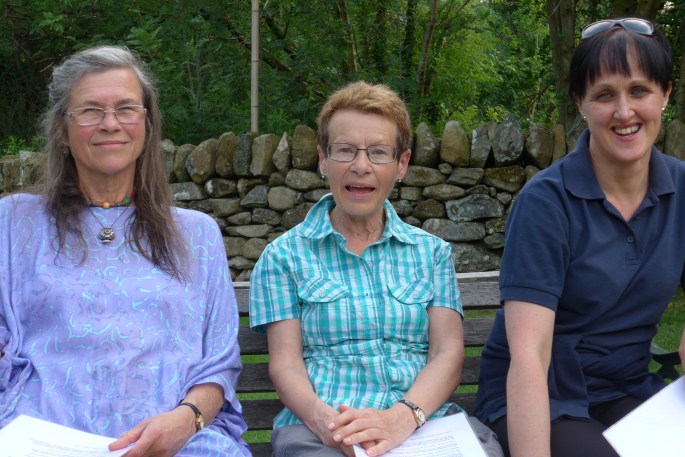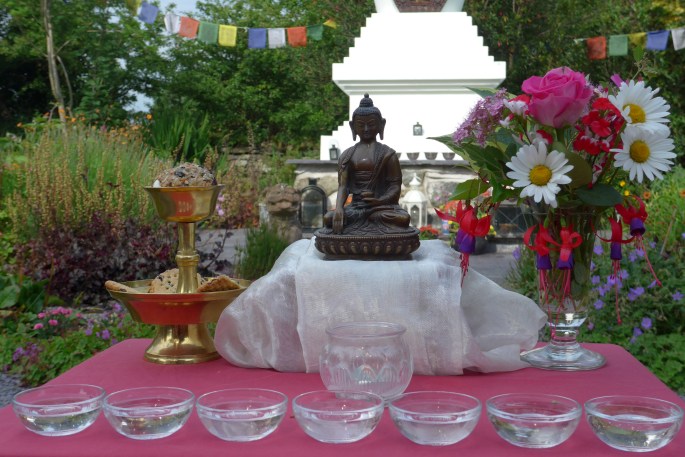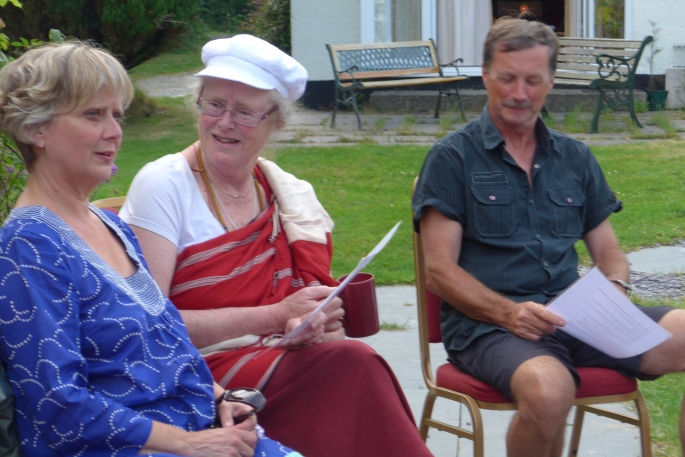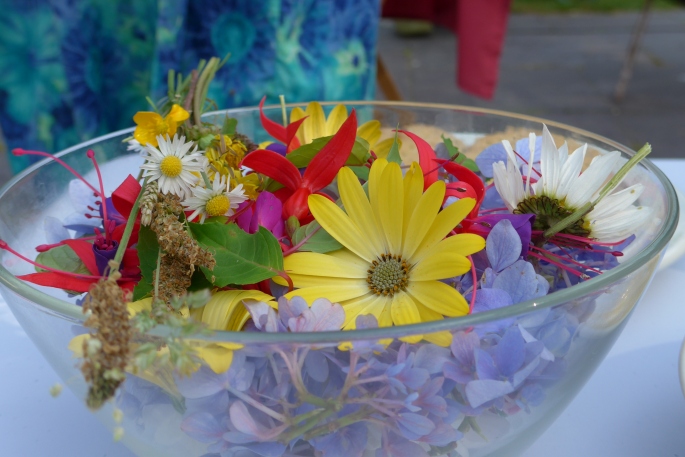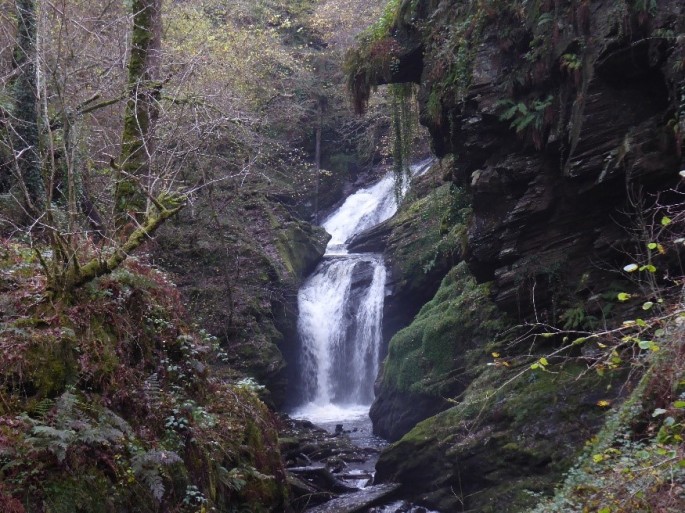
Huw Llwyd is a legendary figure in Welsh history and literature. He is is known to have lived between 1568 and 1630. His house – Cynfal fawr still stands in the Cynfal valley near Llan Ffestiniog.
He lived through the reign of James 1st, Charles 1st and the first decade of Elizabeth 1st. He was apparently the 7th son of a 7th son and feasted on eagle meat to ensure his descendants had powers for a further 9 generations. He was renowned as a mercenary soldier, a bard, harpist, writer, magician, alchemist, healer and for his ability to see into the future.
People travelled from far afield to hear him preaching and to seek his help. He served in France and Holland in a Welsh regiment in the role as chaplain and doctor. As a self -styled preacher he convinced local Christian clerics that sorcery was invaluable in the battle against evil and witchcraft.
He was visited by John Dee (alchemist and mathematician of the Elizabethan court) and they exchanged ideas and knowledge of magic.
On New Years Day 2018 Lama Shenpen and residents at The Hermitage of the Awakened Heart, undertook a Buddhist pilgrimage to his natural pulpit.
Within the deep and narrow Cynfal gorge ( Grid reference: SH705412) a fast-flowing river plunges around a tall pillar of rock. It was on this rock pillar in the middle of the river that Huw meditated, gave discourses and used his magic to cast out evil spirits.
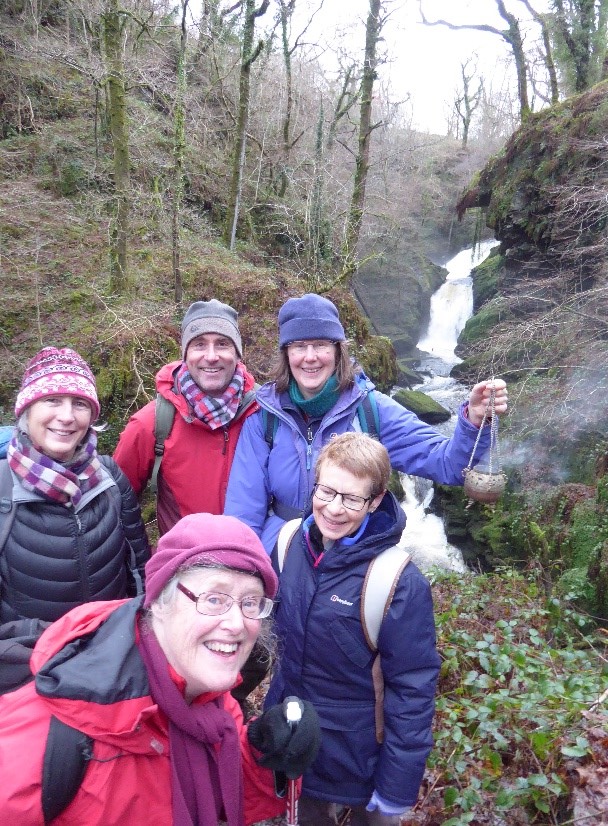
His sermons were powerful and miraculously could be heard above the sound of the rushing water. He only used his powers to combat evil and to punish those who misbehaved.
In Welsh the word to describe his meditation is synfyfyrio which literally means sudden or startled meditation. He would dress in a long cape with magical symbols, wear a special sheepskin crown with a pigeon feather in it and hold a whip made of eel skin with a bone handle.
A powerful wizard, he would heal through exorcism and the demons would be cast as dark shadows into the ravine below. The waterfall downstream from his pulpit is called Rhaeadr Ddu, the Black Falls.
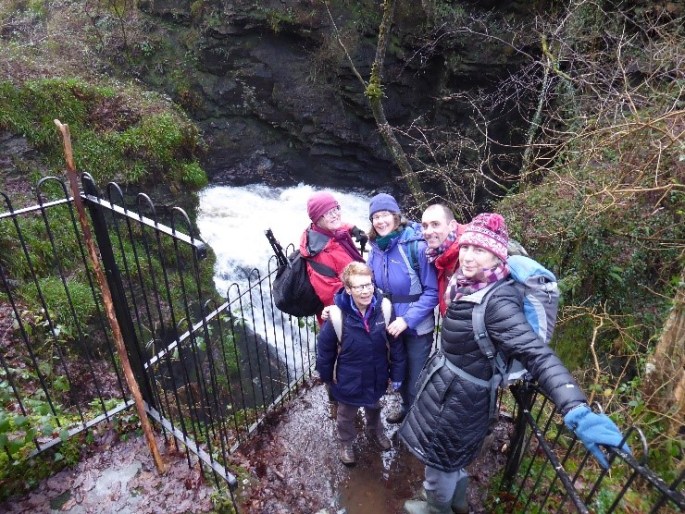
He was called upon to deal with anything weird and “witchy” and there are many stories of his taming of local negative forces and bandits.
In one tale Huw is called in to solve a case of serial theft at an inn in Betws y Coed. The inn is run by 2 beautiful sisters who are also witches and can transform themselves into cats at night to then steal from their customers. Huw rests that night with his magic sword by his side and when he notices the 2 cats stealthily sneak into his room and to his pockets he strikes one a blow on their paw.
The next morning one of the sisters has a bandaged hand and he knows for sure they are the criminals. He warns them and they deeply apologise for their actions. Instead of reporting them to the witch-finder for trial he tells them the inn is now under his protection and there will be no more stealing. The inn thrives and the sisters earn a good virtuous living.
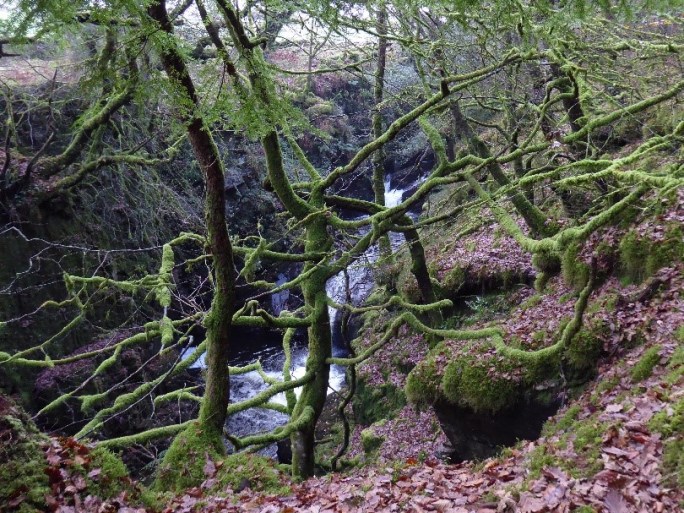
In another story Huw mesmerises a group of bandits at a tavern in Pentrefoelas who were planning to kill him. He causes the table they are sitting at to grow antlers which they are unable to look away from. He gets a good nights sleep and in the morning they are arrested by the sheriff. In another story Huw leaves a spell on an unscrupulous and extortionate innkeeper by causing everyone to dance and sing until they are nearing terminal exhaustion. He then sends instructions for how to find the spell and throw it into the fire thus releasing everyone. These three tales show how he was just, effective and humorous!
He was married with children and on his death bed he told one of his daughters to throw all his books on the ‘black arts’ into a lake where they were received by a pair of ethereal hands. There is no record of his death, no will was ever executed or probate granted for his estate… some say he lives on!
His grandson (or perhaps nephew) Morgan Llwyd (1619 – 1659) was a Christian mystic and renowned welsh bard with numerous works still in print. He was a puritan preacher in Wrexham but his views were unorthodox being influenced by the German mystic Jacob Bohme. For some people he is considered a Welsh Nation builder.
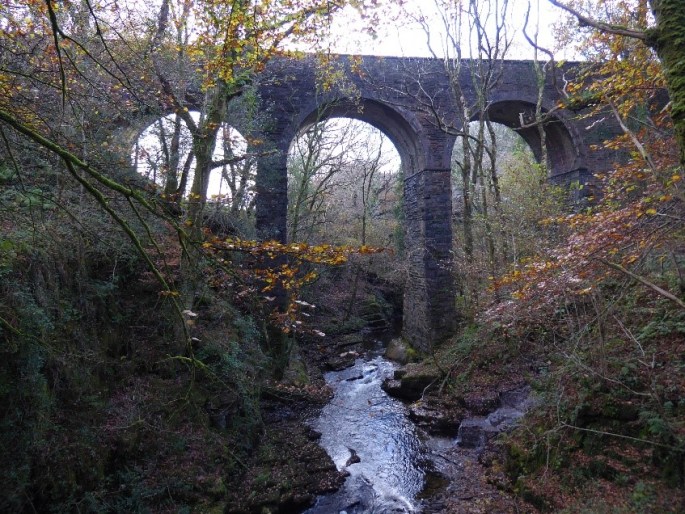
The water of the river Cynfal is rich in fish and eels. Elfyn’s grandfather caught a snake once while fishing in the river. It has a powerful feel to it – a Guru Rinpoche place and a home to nagas?
By Tara Dew

